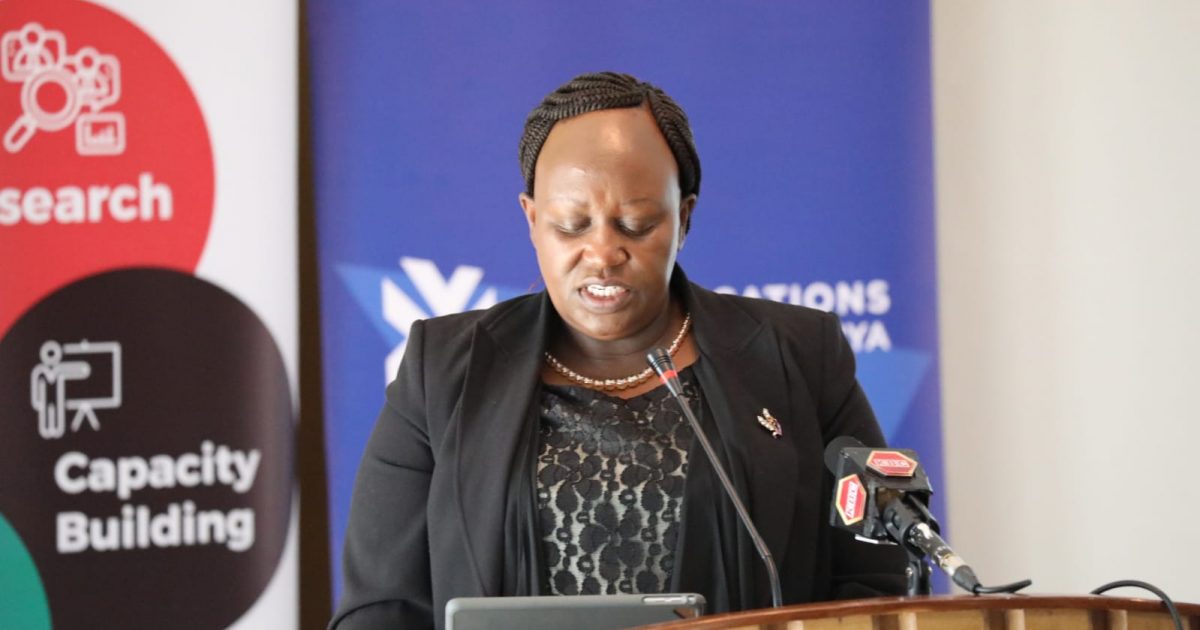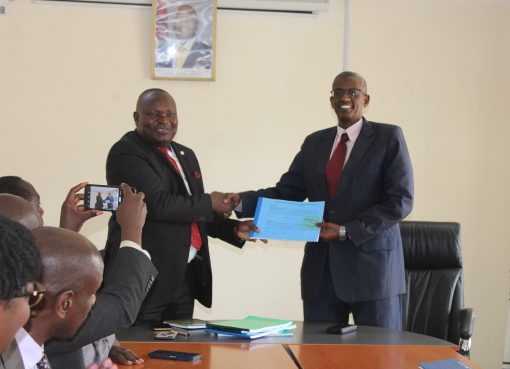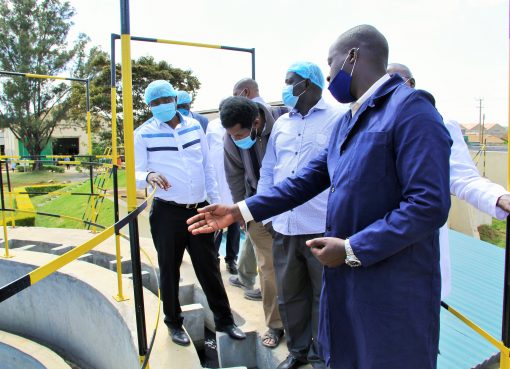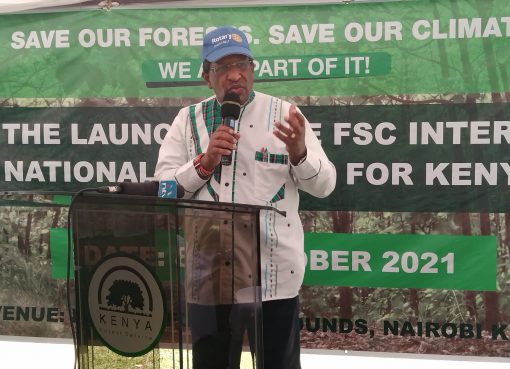The various policies and strategies the government has put in place in the country have enabled mobile network operators and infrastructure providers to invest billions of dollars over the past 20 years.
The Principal Secretary for Broadcasting and Telecommunications Esther Koimett said the policies which allowed the substantial infrastructure roll-out and investments made by the industry since the liberalization of the ICT sector, created the digital infrastructure coverage and capacity that sustained the citizenry lifestyles during the Covid-19 pandemic.
She said in order to close the overall digital inclusion gaps and make high speed internet available to those who are still unconnected, issues of affordability, increasing digital access, skills, and relevant content need to be addressed.
“We need to look at what is necessary for helping low-income individuals and families adopt broadband in ways that are most appropriate to their personal needs and contexts,” said Koimett.
She noted that successful digital inclusion efforts should recognize the role that it plays in shaping people’s abilities to access and use computers and the internet, the issue of ‘ability to pay’ should be addressed rather than ‘willingness to pay’.
According to the World Economic Forum, in low-income countries, a monthly broadband subscription costs 12 per cent of gross national income, far higher than the UN target of less than 2 per cent by 2025.
The PS made the remarks in a speech read on her behalf by the Secretary of Administration, State Department of Broadcasting and Telecommunications Juliana Yiapan, during the ITU-UK Digital Access Programme (UK-KDAP) Partners’ Open Day themed ‘Partnering for Effective Connectivity and Broader Digital Inclusion held at Strathmore University, Nairobi.
She at the same time noted that digital inclusion should include making low-cost devices available to low-income people for free or at a reduced cost, especially for people in low-income communities.
Koimett said the Kenya’s National ICT Policy, the Broadband Strategy and the Digital Economy Blueprint among other policy documents brings out the government’s commitment to digital inclusion.
“Digital inclusion is aimed at facilitating ICT accessibility, connectivity, affordability, and usability for all people and particularly, participation of women, youth, PWDs, the elderly, people from lower social economic groups, rural communities, vulnerable people and the minority and marginalized populations of Kenya,” she stated.
She said the partnership of UK-KDAP should aim at finding a common goal of supporting the connectivity of those who are still unconnected to enable them benefit from the digital economy.
The PS added that it is only by working together that existing access gaps in digital inclusion can be identified and addressed.
“We acknowledge that not only is connectivity far from universal, but there are noteworthy gaps in usage, infrastructure coverage particularly in rural areas, affordability, energy reliability and other factors across and within the 47 counties in Kenya,” said Koimett..
She observed that Covid-19 pandemic presented an unprecedented opportunity for cross-sector collaboration to bridge the digital divide and enable unforeseen growth opportunities for the economy and society.
The PS announced that the government in collaboration with its agencies and other partners has undertaken several projects to enhance digital inclusion.
By Bernadette Khaduli





